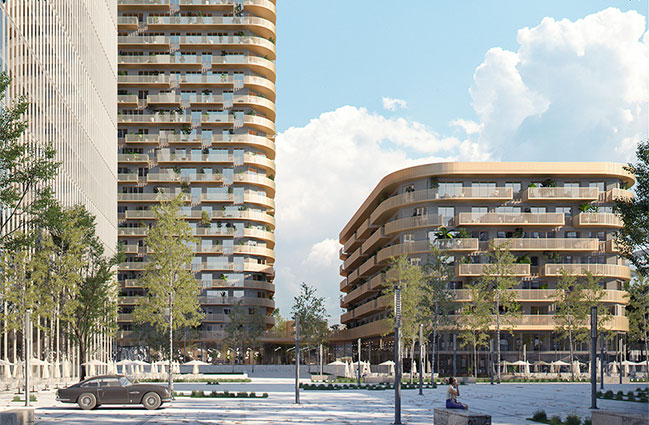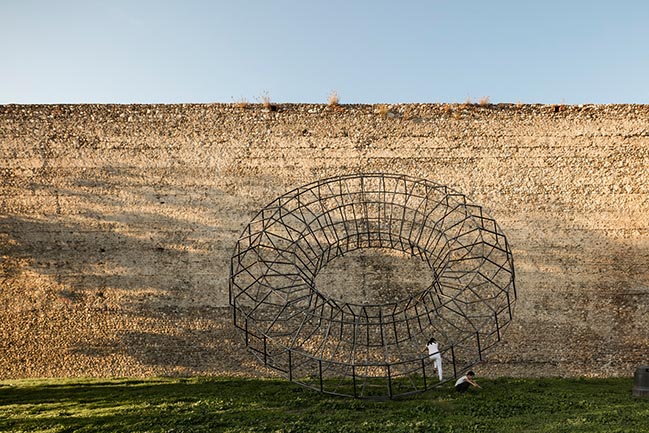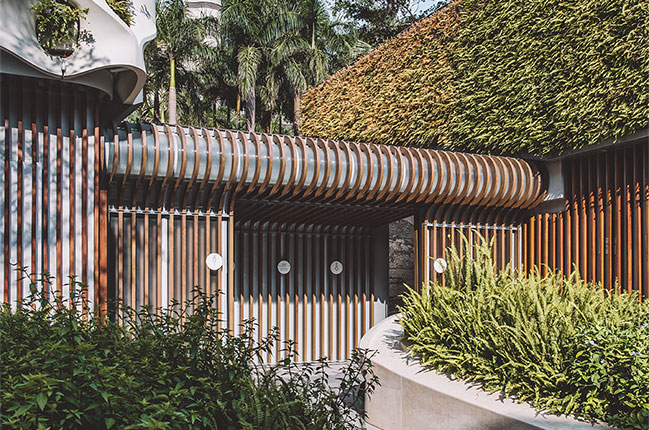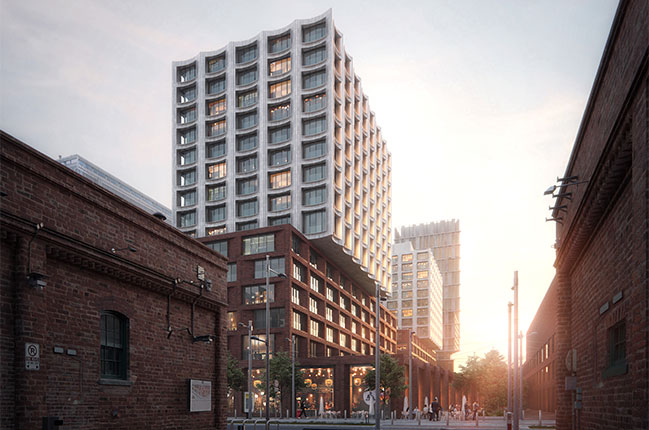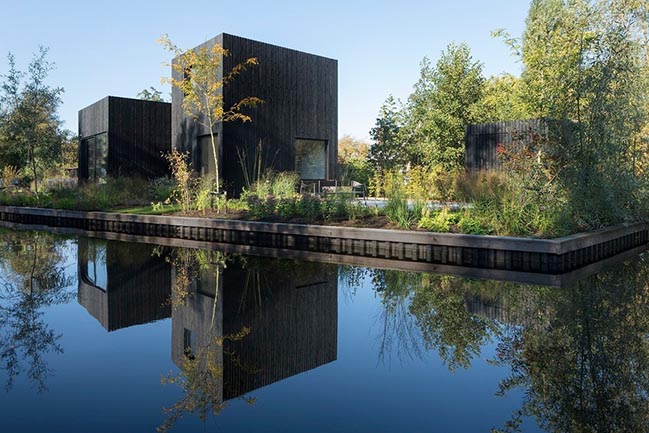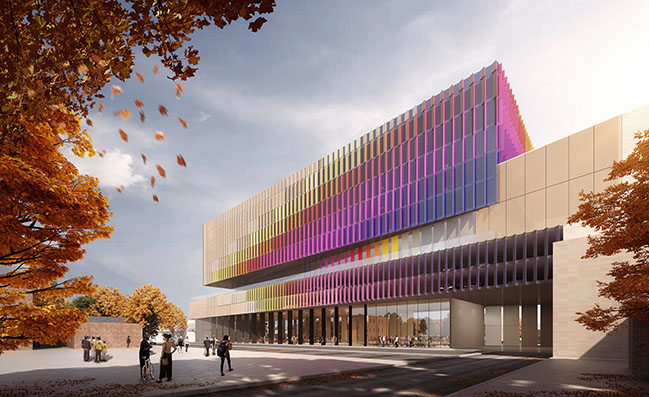03 / 07
2019
The new NUS School of Design & Environment 4, the first NET Zero Energy building of its kind opens in Singapore; the building, a prototype of sustainable design, combines a stringent net-zero target and a revalidated grammar of tropical architecture.
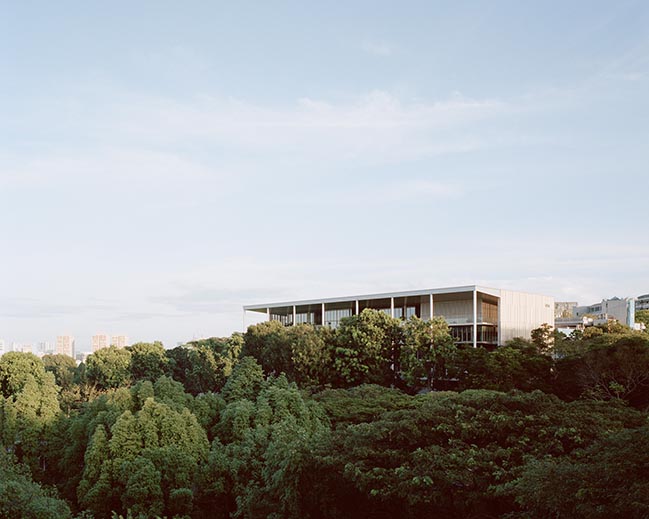
Architect: Serie Architects and Multiply Architects
Client: National University of Singapore
Location: Singapore
Year: 2019
Team: Christopher Lee, Bolam Lee, Martin Jameson, Edouard Bettencourt, Jerome Ng, Onusa Charuwana, Julia Cabanas, Jarrel Goh
Executive Architect, Engineer, Quantity Surveyor: Surbana Jurong Consultants Pte. Ltd.
Energy and Climatic Consultant: Transsolar Energietechnik Gmbh
Main Contractor: Kajima Overseas Asia Singapore Pte. Ltd.
Photography: Rory Gardiner
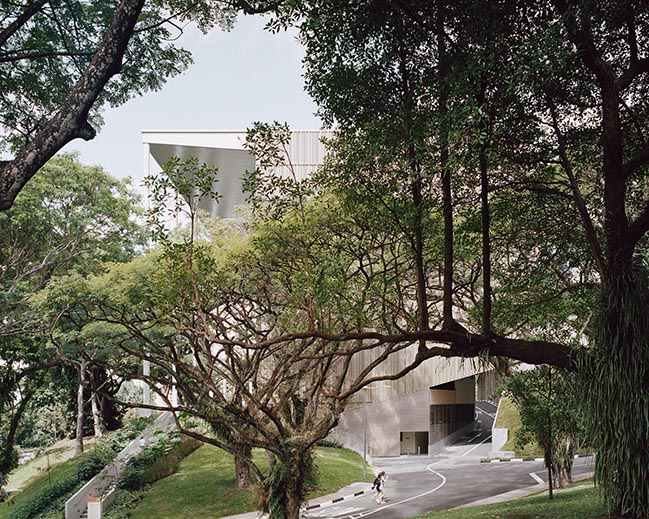
From the architects: January 2019 marks the opening of SDE4, an inventive educational architecture developed by the School of Design and Environment at the National University of Singapore, the institutional organization that promotes design, sustainability and education in South East Asia. SDE4 is the first new-build net-zero energy building in Singapore and it is designed as a 8,500-square-metre, six-storey, multi-disciplinary space by Serie + Multiply Architects with Surbana Jurong,
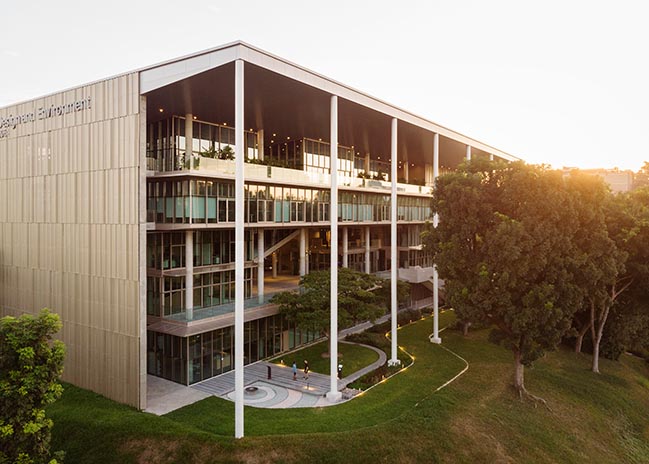
Located on a hillock along Clementi Road near the southern coastline of Singapore, SDE4 is a new addition to the Design & Environment precinct and it is part of a larger campus redevelopment. The climate-responsive building includes more than 1,500 square metres of design studio space, a 500-square-metre open plaza; a wide variety of public and social spaces; workshops and research centers; a new cafe and a library. The building’s flexible design and high efficiency reflect the School’s ambitions of promoting new forms of teaching spaces as a scaffold for research. Most of the rooms are designed in a variety of sizes to allow a flexible rearrangement of layout for exhibitions, school-specific installations and future change of use.
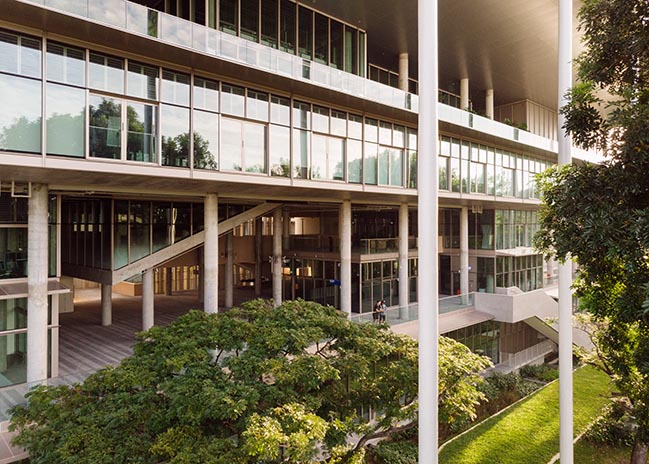
Lam Khee Poh, Dean of the School of Design and Environment, explained: “Buildings are not isolated entities in their own context. They form an environment, a precinct, or a neighborhood supporting community activities, which is crucial for all educational institutions. Our students and faculty get the opportunity to learn both inside and outside the classroom, being engaged in an integrated process of designing, developing, constructing, and operating state-of-the-art buildings that will, in turn, influence them to adapt their own behavior when they occupy it.”

Awarded to Serie + Multiply Architects with Surbana Jurong through an international design competition launched in 2013, the building was envisioned as a porous architecture structured in a juxtaposition of ‘platforms and boxes’ expressing its programmatic content. Christopher Lee, Principal of Serie Architects, described that “One of our ambitions when we started the project was to challenge the notion that a high energy efficient building has to be very opaque. Therefore you see that the completed building is incredibly open. This is where I think it was successful: it is able to reduce its energy demand, but at the same time it doesn't end up being a very solid building. SDE4's large platforms are configured in a way that promotes interaction and visual connectivity. We envisioned a very transparent volume in which the outside and the inside spaces are ambiguous; where nature and landscape play an important part, as a backdrop to the building.”
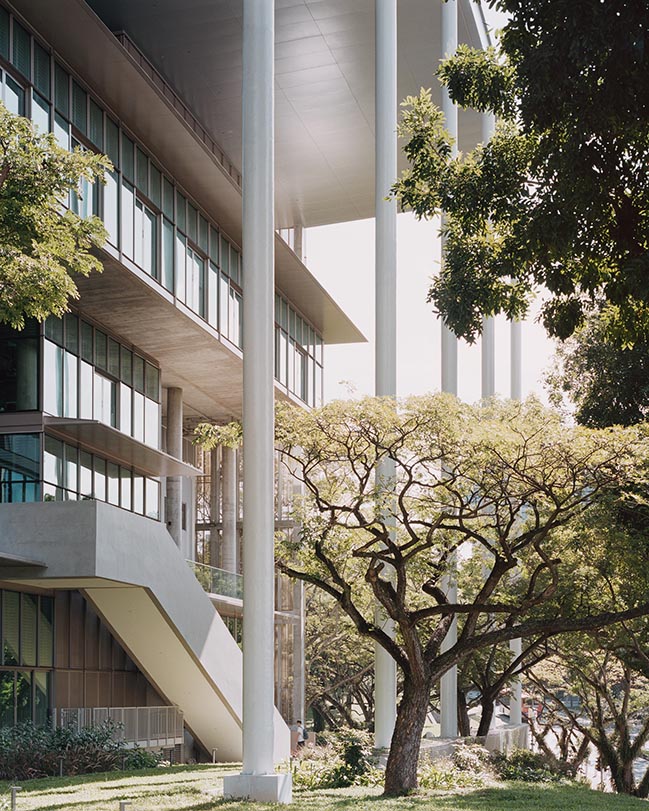
The design carries the principles of vernacular tropical architecture in Southeast Asia. More than 50% of the total area is naturally ventilated and most of the rooms can be opened to prevailing breezes. Air-conditioning is used only when needed while the spaces interspersed between cooled volumes benefits from cross ventilation, acting as thermal buffers/social spaces, emulating the signature tropical verandas. The architecture is punctuated by an alternation of terraces, landscaped balconies and informal spaces. There are no formal boundaries between places to study, work and socialize. Erik L’Heureux, Vice Dean (Special Projects) at the School of Design and Environment, says: “SDE4 represents a scaffold for learning, teaching, and research designed for the twenty-first-century university. Not only does it envision how we teach today but also paves the way we might teach in the future.” The interstitial space between the inner and outer skins on the east and west facade is, for instance, designated for research. In these areas, elements of the façade can be dismantled and replaced with new systems depending on the School’s research needs. Therefore, the building serves as a canvas for test-bedding and developing relevant green building technology, becoming, in effect, a living laboratory.
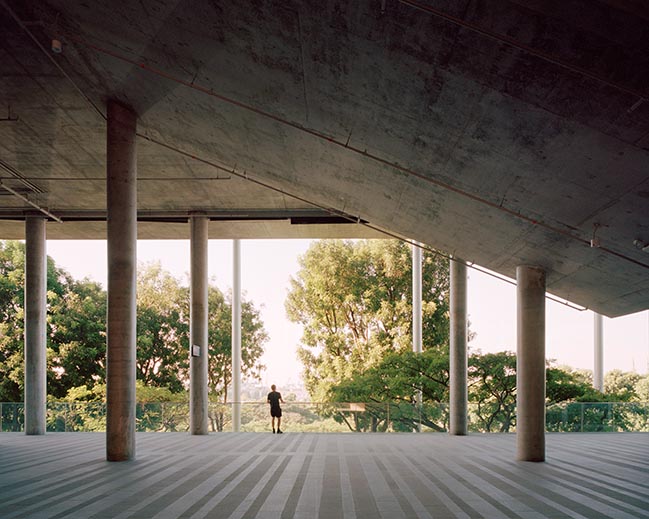
Circulation corridors and straight flight staircases link and penetrate these volumetric platforms, allowing spaces to bleed from one learning and research space to another, thereby broadcasting a collaborative nature of design. The large over-sailing roof protrudes along the south elevation embedding a tropical portico, built around mature existing trees. This openness allows spaces to flow freely across the envelope of the building, bringing the surrounding landscape into close proximity with interior spaces and vice versa. The east and west facades are designed as a veil, an aluminum curtain that filters sunlight and emphasizes a connection to the surroundings.
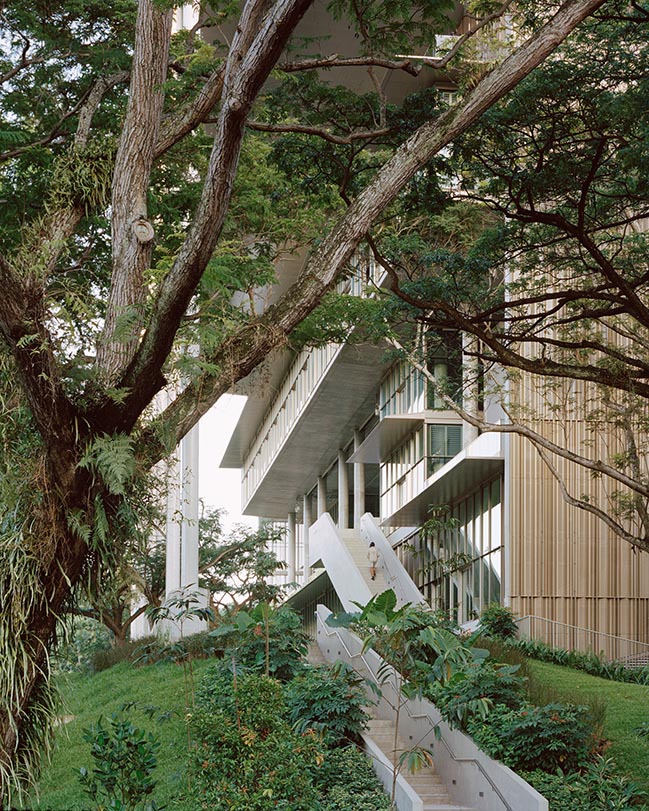
The south gardens are integral to the pedagogical experience of the building. Designed as a natural purification system, the landscape improves water quality while encouraging lifestyle activities and teaching around water. Runoff from the roof and hard scape is cleansed by passing through soil, which removes sediments and soluble nutrients. Nearly 50% of the plants selected are native species and most are from the southern tropics, a choice that also provides opportunities for environmental education. The building has a strong biophilic component in the deliberate use and celebration of the raw and natural characteristics of the materials for steel, perforated metal and concrete. As a result the finished concrete surfaces are unique; some columns resemble marble, and all possess a tactile quality that enhances the materiality of the architecture.
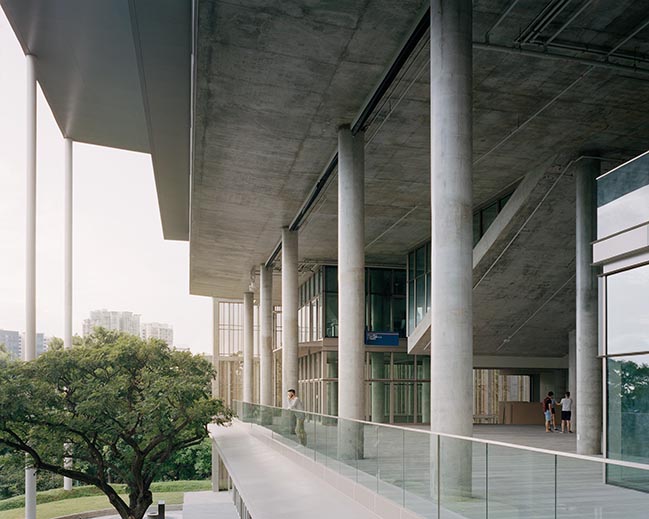
The building is designed to be climate responsive with net-zero energy consumption featuring a range of sustainable design features and more than 1200 solar photovoltaic panels on its rooftop. SDE4 exceeds standards of health and wellbeing creating new avenues for delivering comfort in the tropics, embracing an innovative hybrid cooling system, designed by Transsolar KlimaEngineering, that supplies rooms with 100% fresh pre-cooled air, albeit at higher temperatures and humidity levels than in a conventional system, and augments this with an elevated air speed by ceiling fans. This cool circulating air creates a comfortable condition in a high energy-efficient system. Therefore, the architecture becomes an agent of systemic enhancement—not just to do less harm, but to do systemic good—by making the discussion of design fundamentally public.
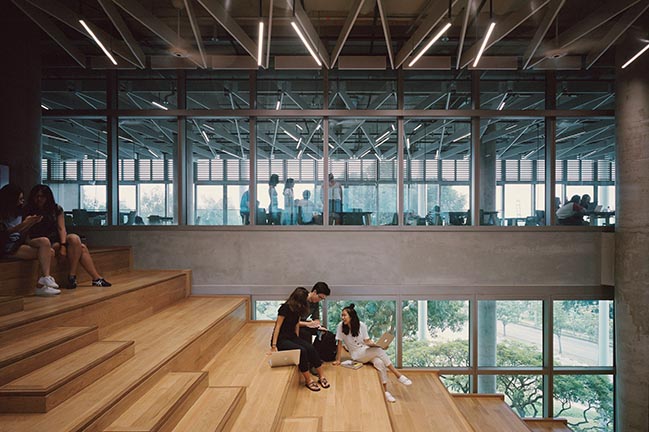
Giovanni Cossu, Senior Manager at the School of Design and Environment, explained: “The main story of SDE4 is how we progress to net zero through design. During this process, the building has demystified the general perception of spatial quality, comfort, and cost for sustainable buildings. SDE4 changes the argument that green buildings cost more, as it has limited or no extra cost compared to similar, industry-standard models. Preliminary results of subjective surveys completed by occupants show high levels of user acceptance of the environmental conditions offered by the building. In doing this, SDE4 speaks to multiple audiences: occupants and users, policy makers and developers. And this generates a level of significance that cannot be ignored.”
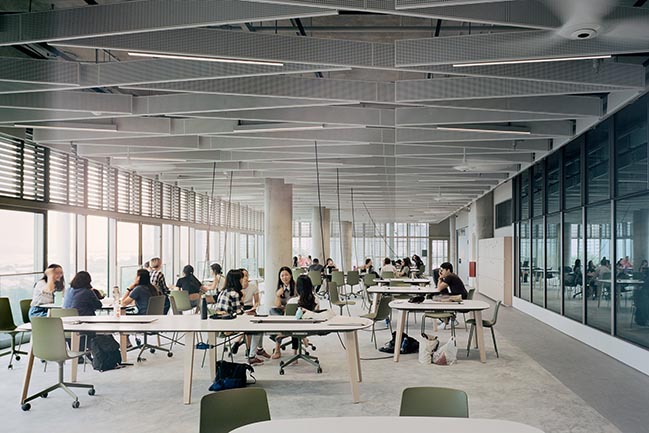
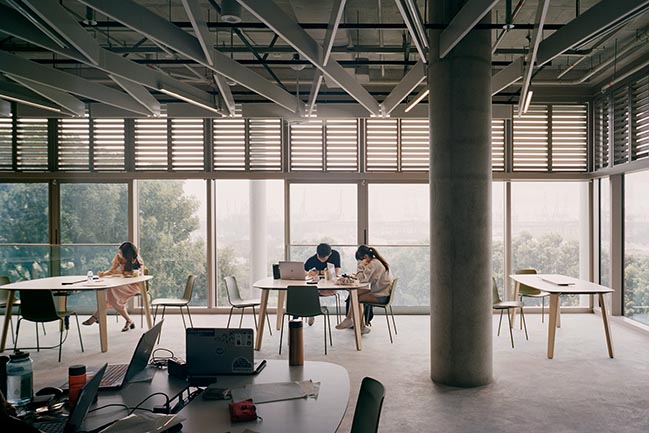

[ VIEW MORE ARCHITECTURE PROJECTS IN SINGAPORE ]
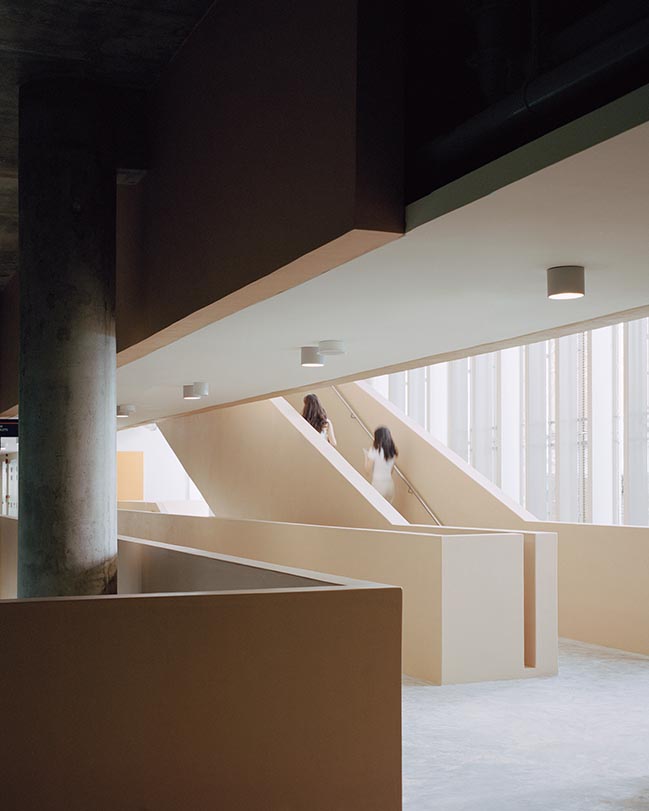
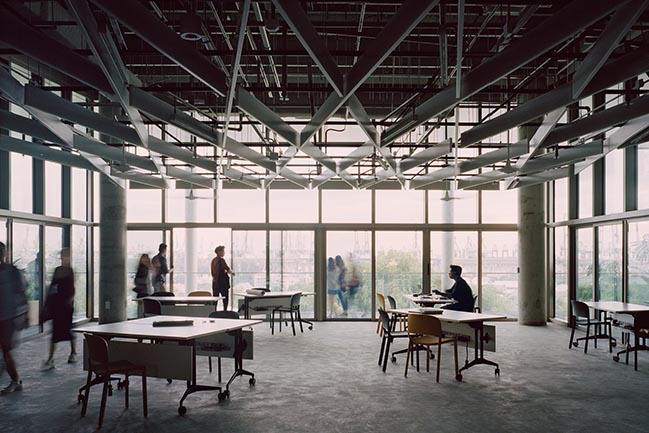
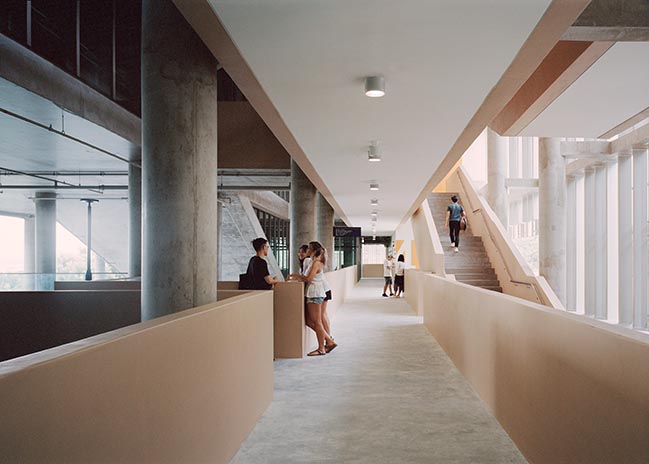
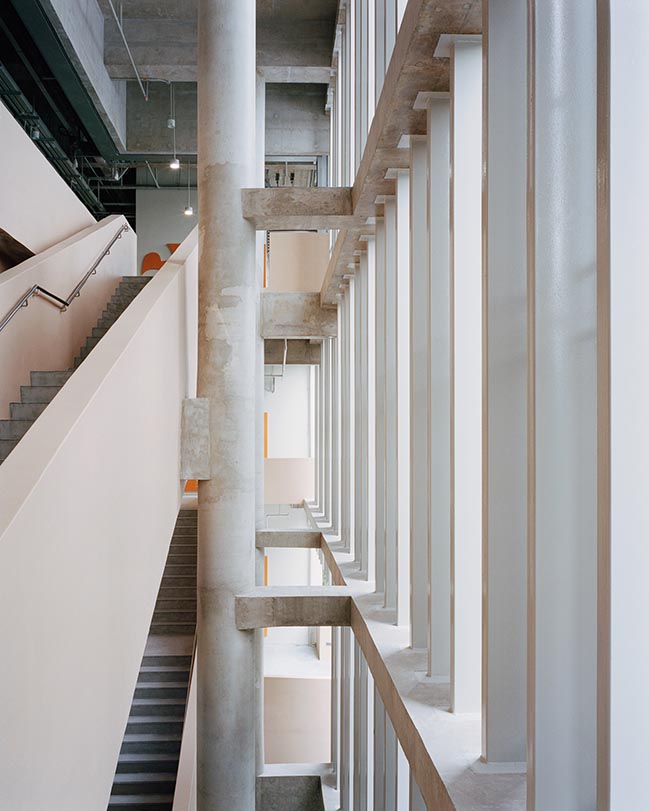
YOU MAY ALSO LIKE: Serie Architects and Multiply Architects complete Oasis Terraces
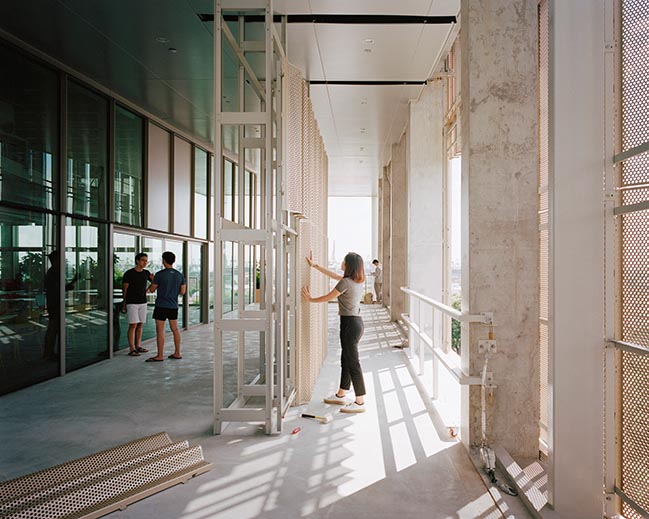
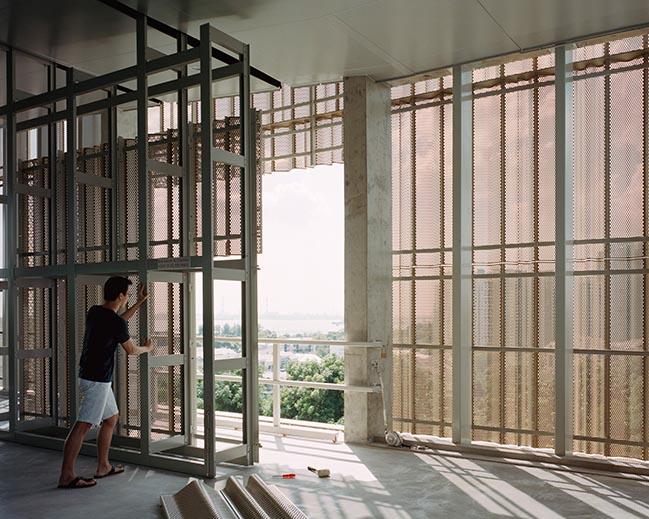
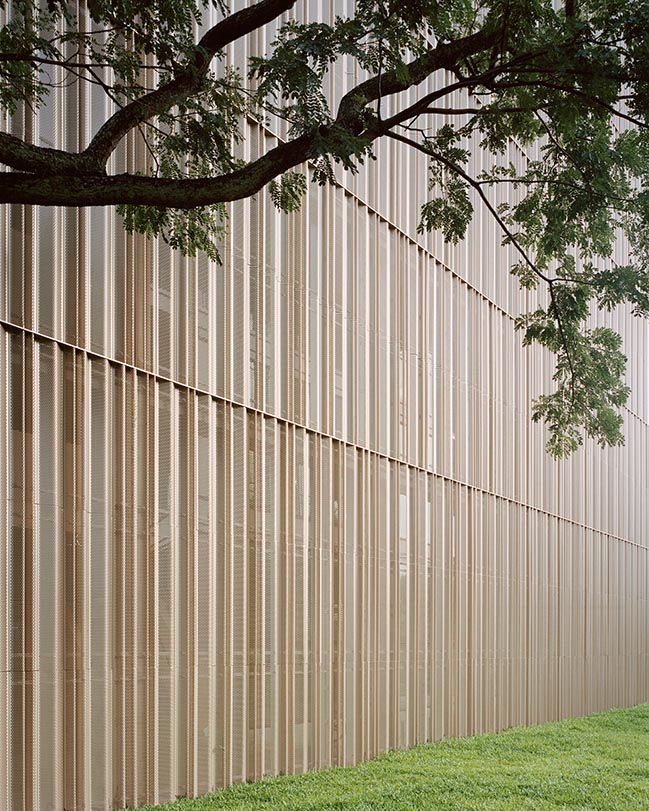
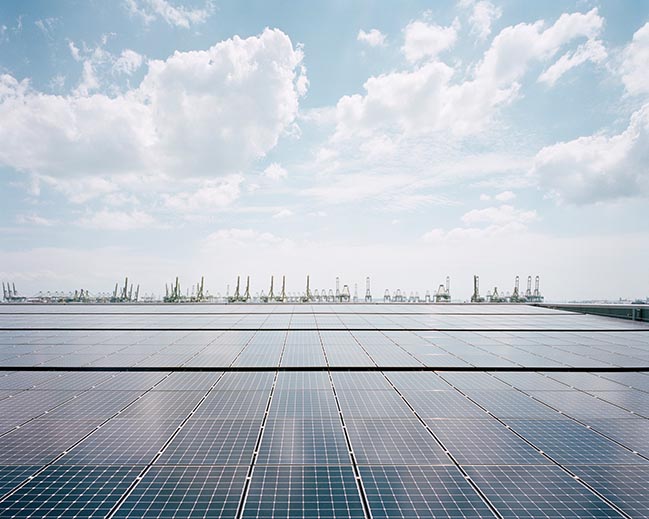
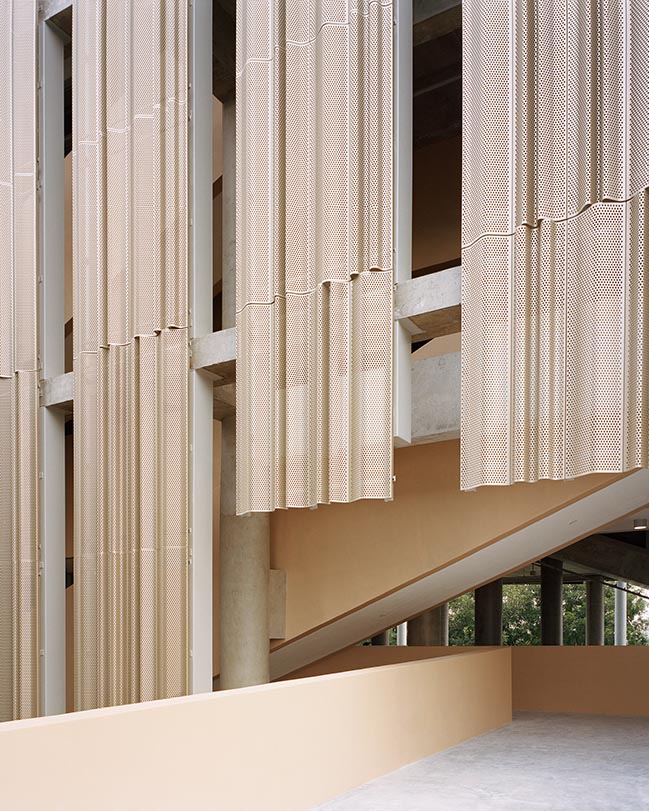
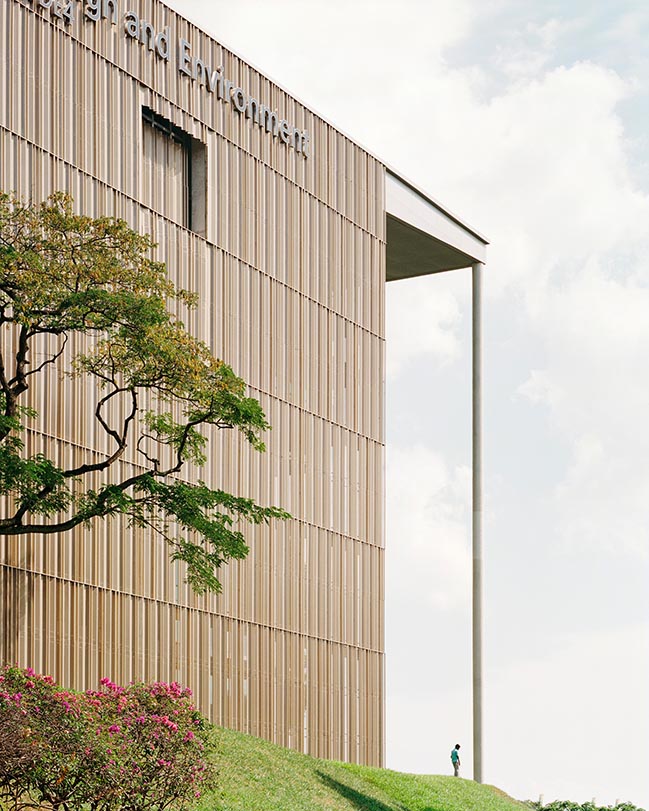
YOU MAY ALSO LIKE: Jameel Arts Centre in Dubai by Serie Architects


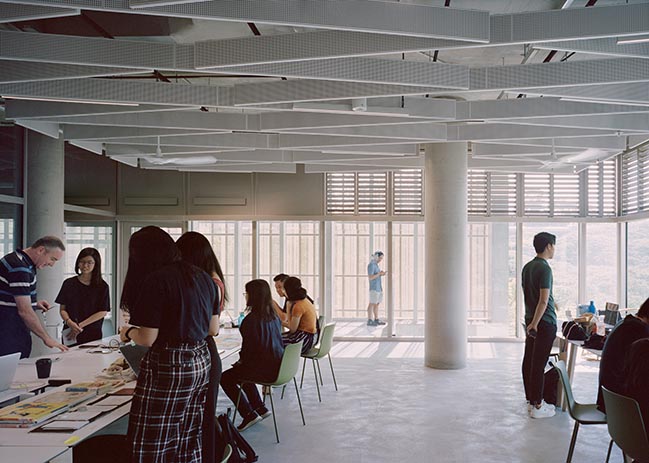
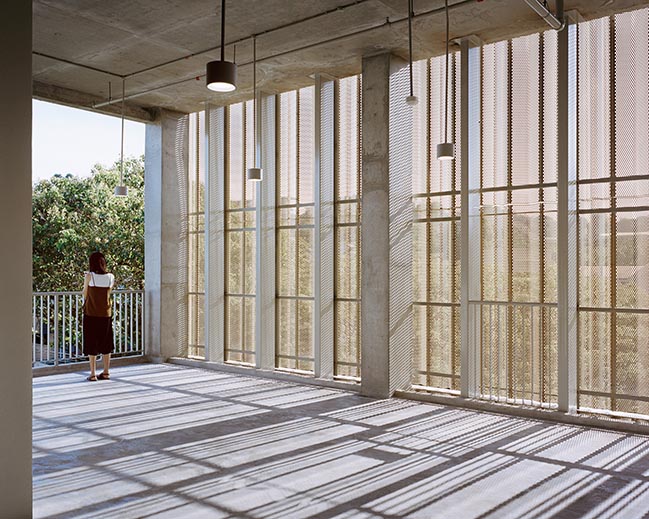
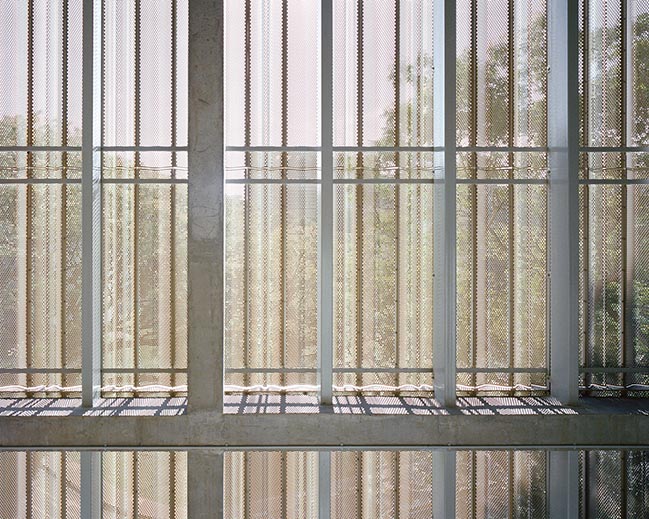
YOU MAY ALSO LIKE: Büro Ole Scheeren Completes DUO Twin Towers in Singapore
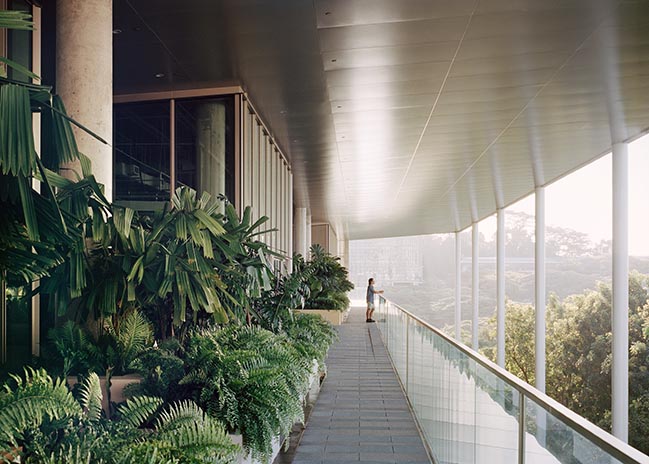
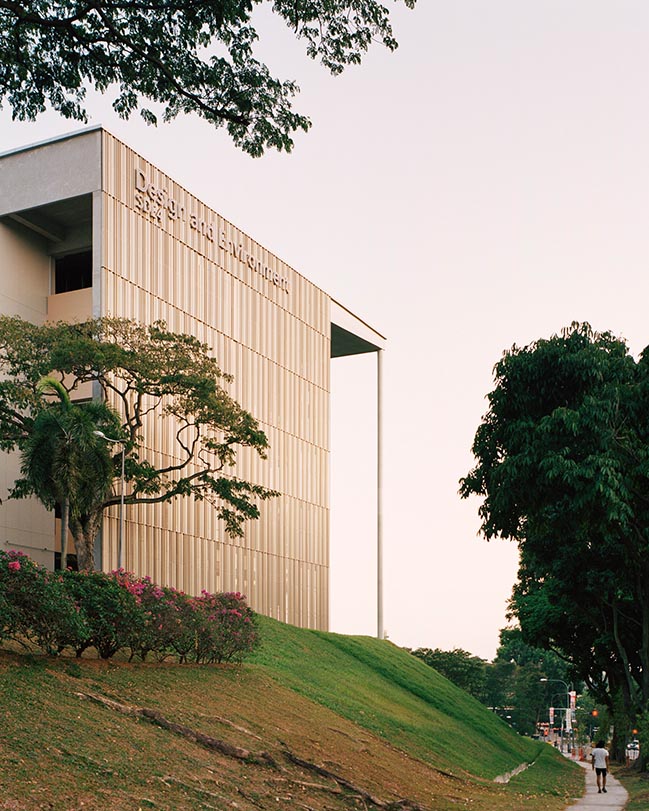

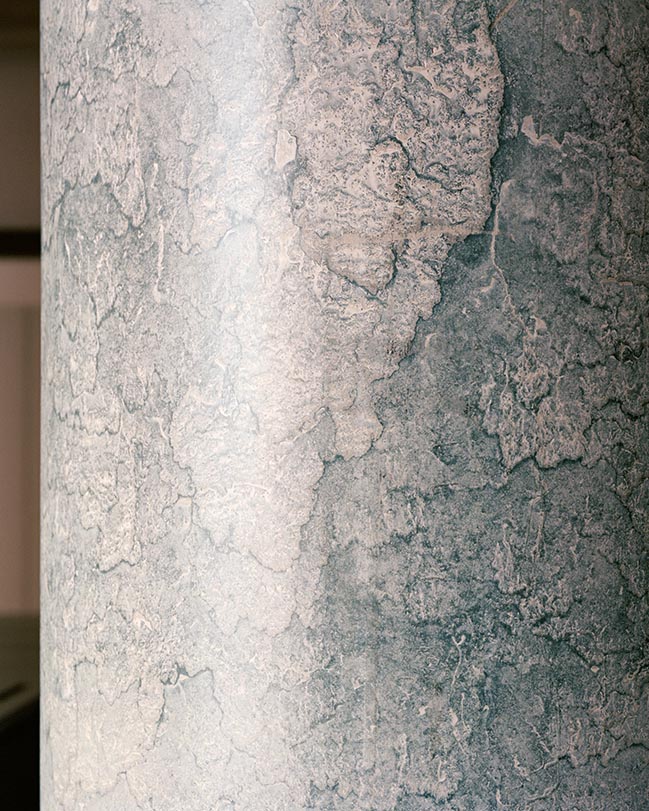
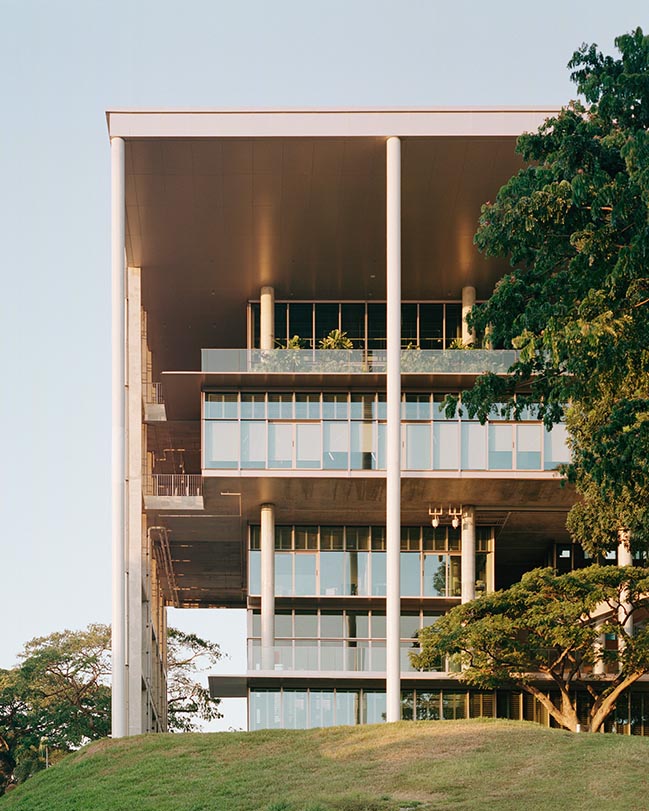
YOU MAY ALSO LIKE: Jurong Lake District Singapore by KCAP
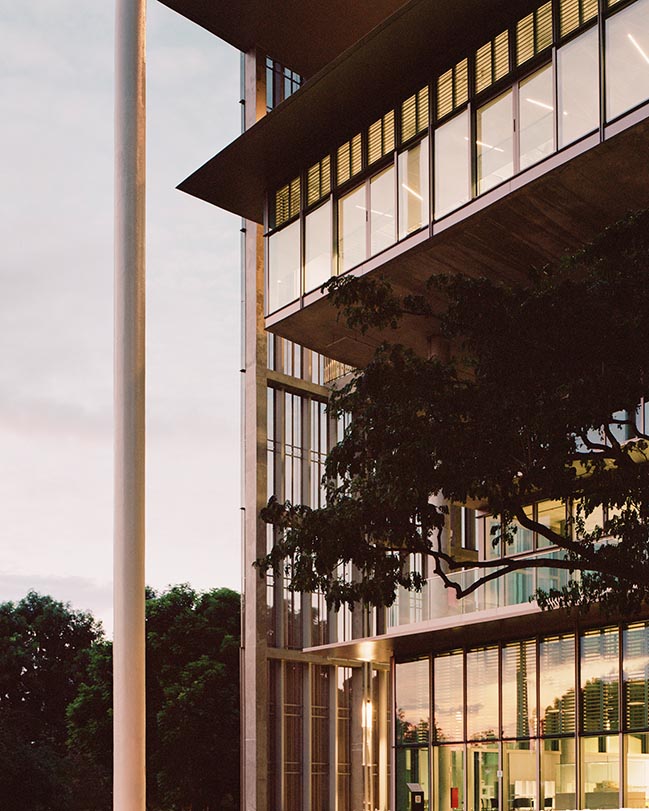
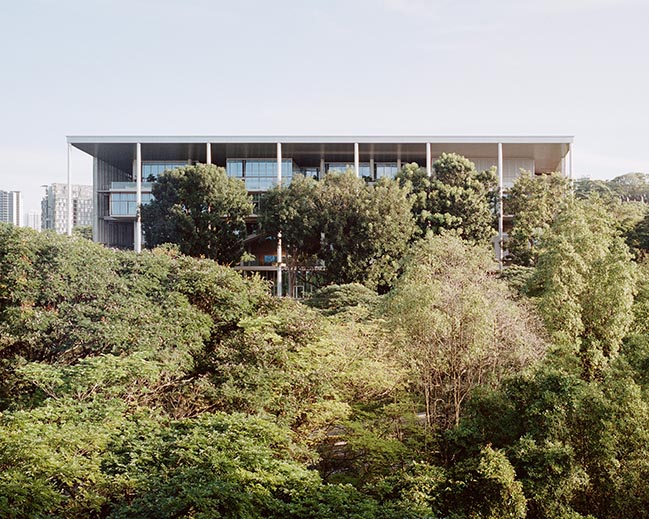
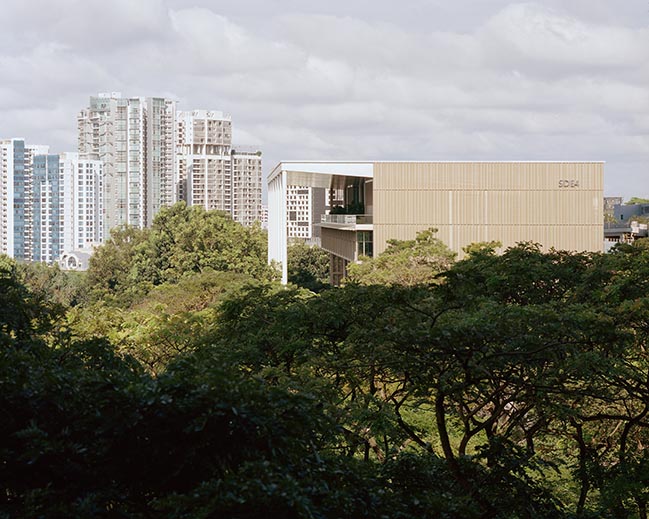
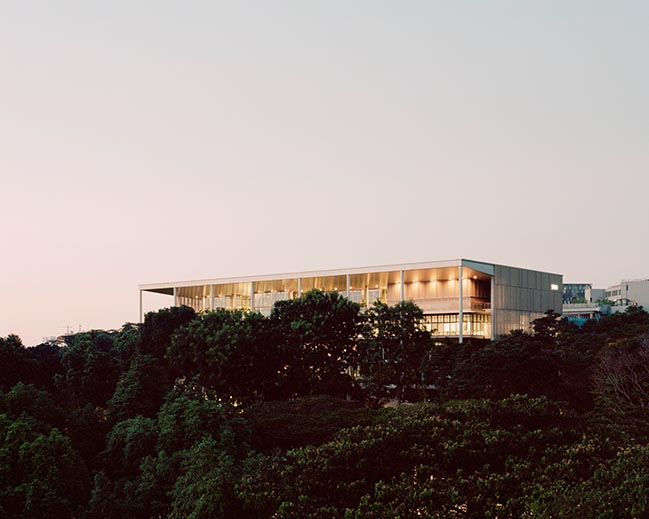
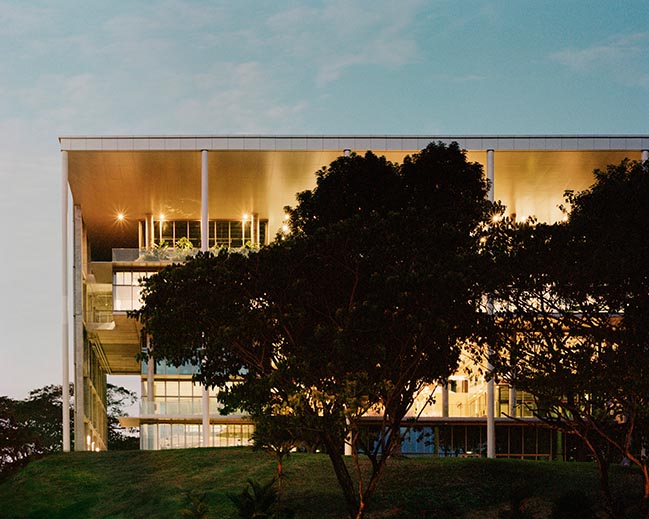
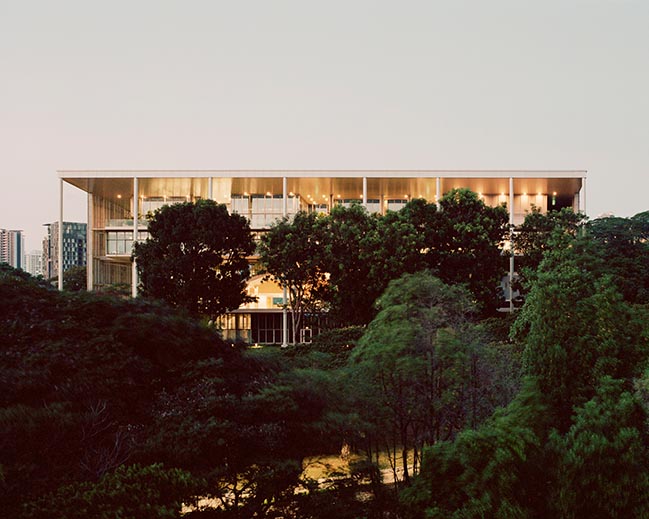
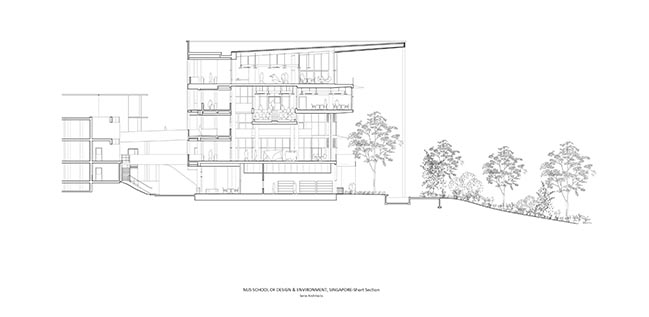
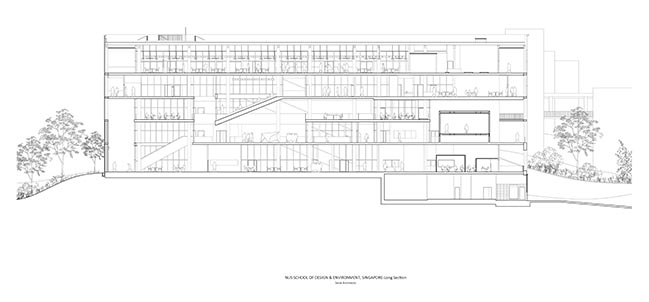
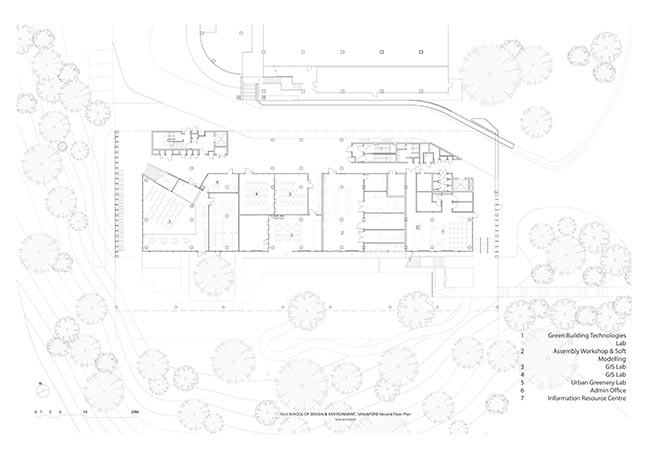
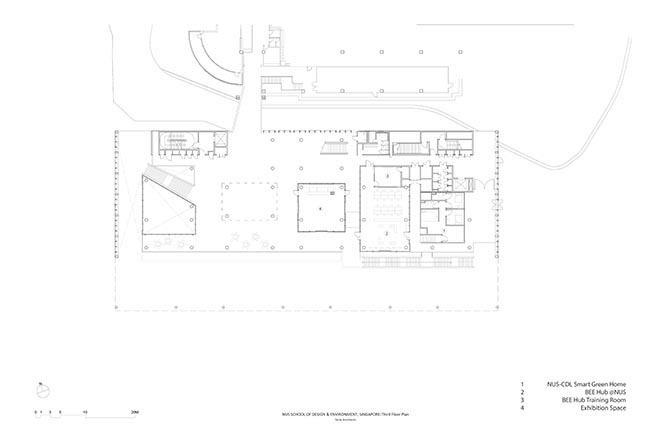
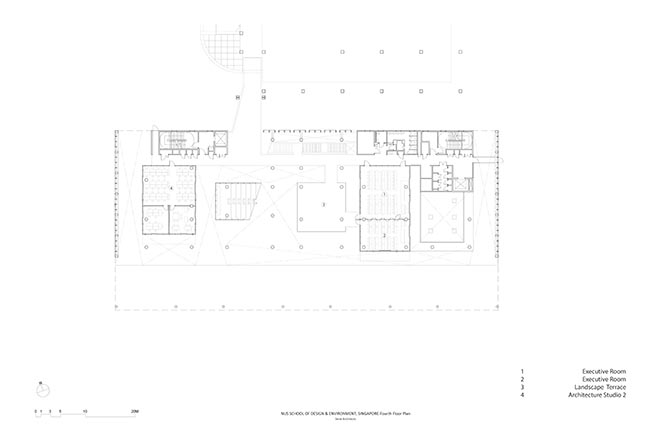
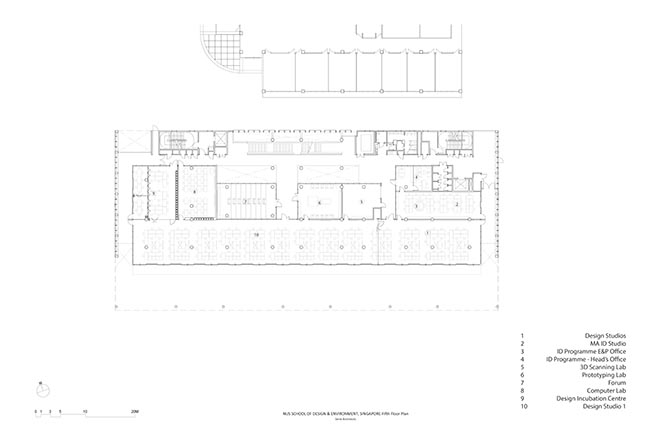
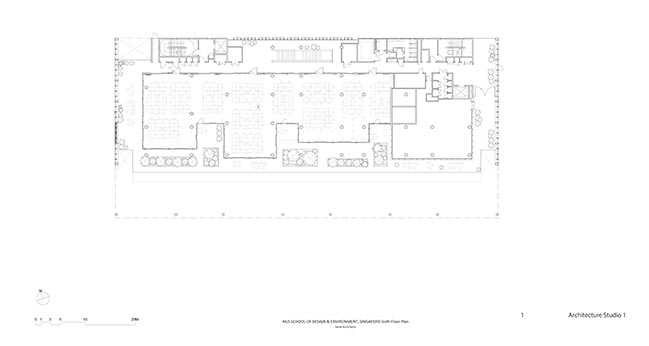
NUS School of Design & Environment 4 by Serie + Multiply Architects
03 / 07 / 2019 The new NUS School of Design & Environment 4, the first NET Zero Energy building of its kind opens in Singapore; the building, a prototype of sustainable design...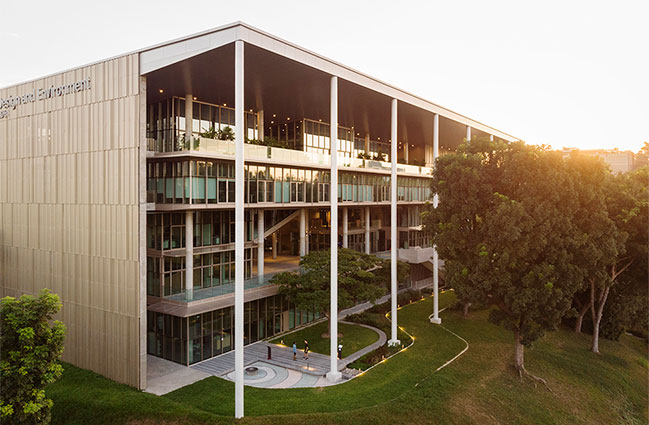
You might also like:
